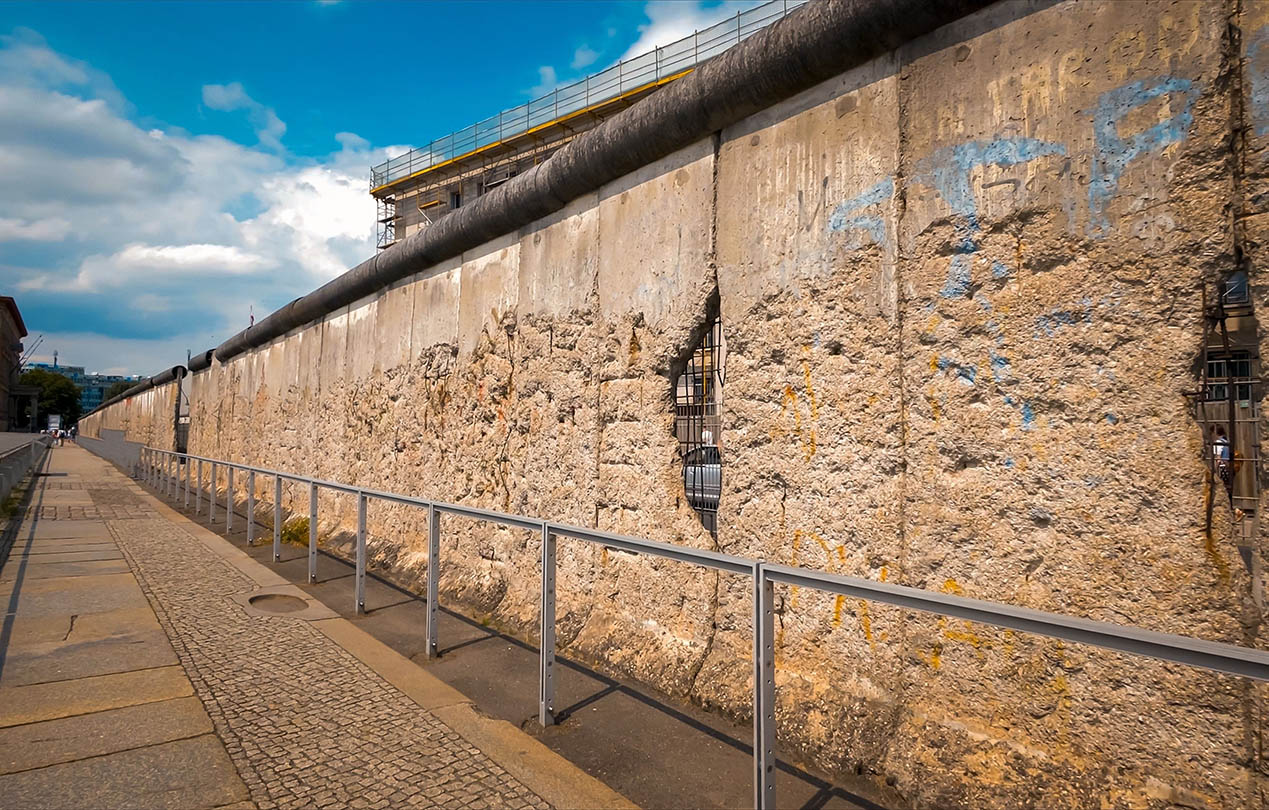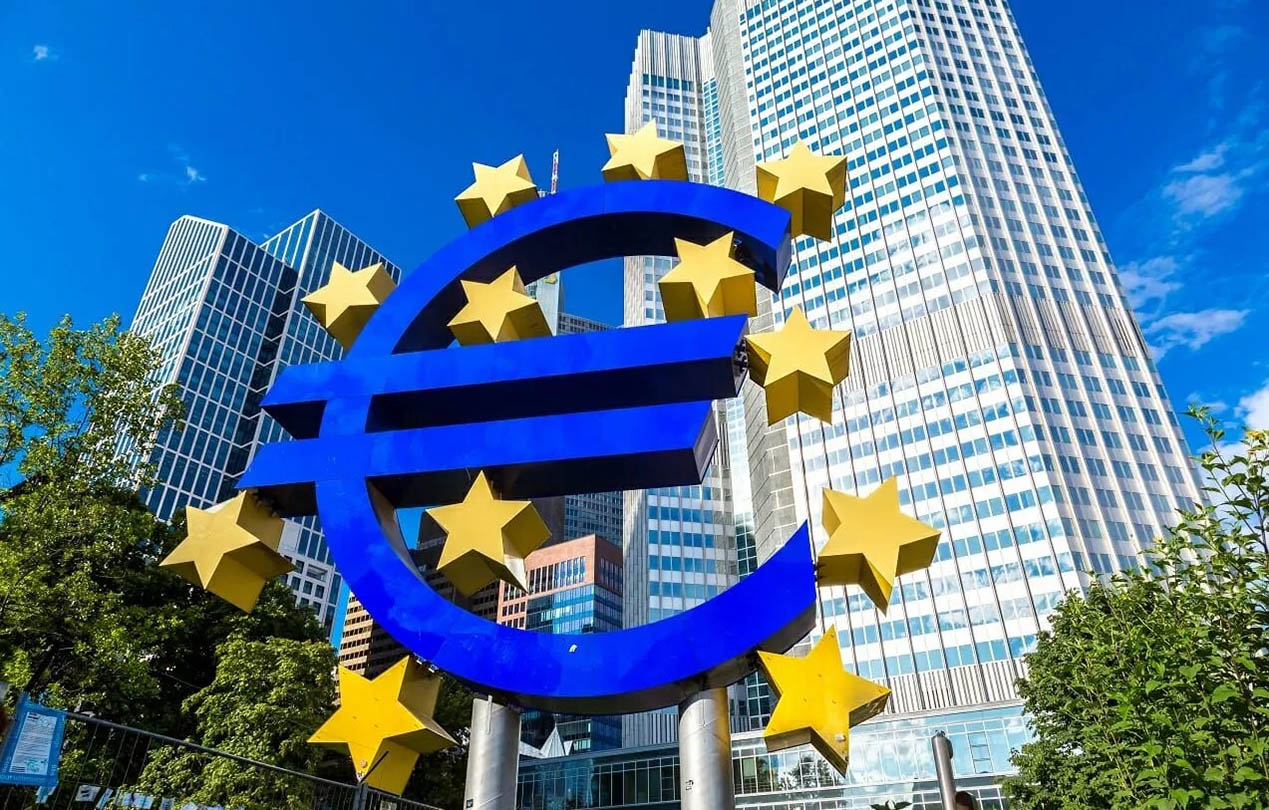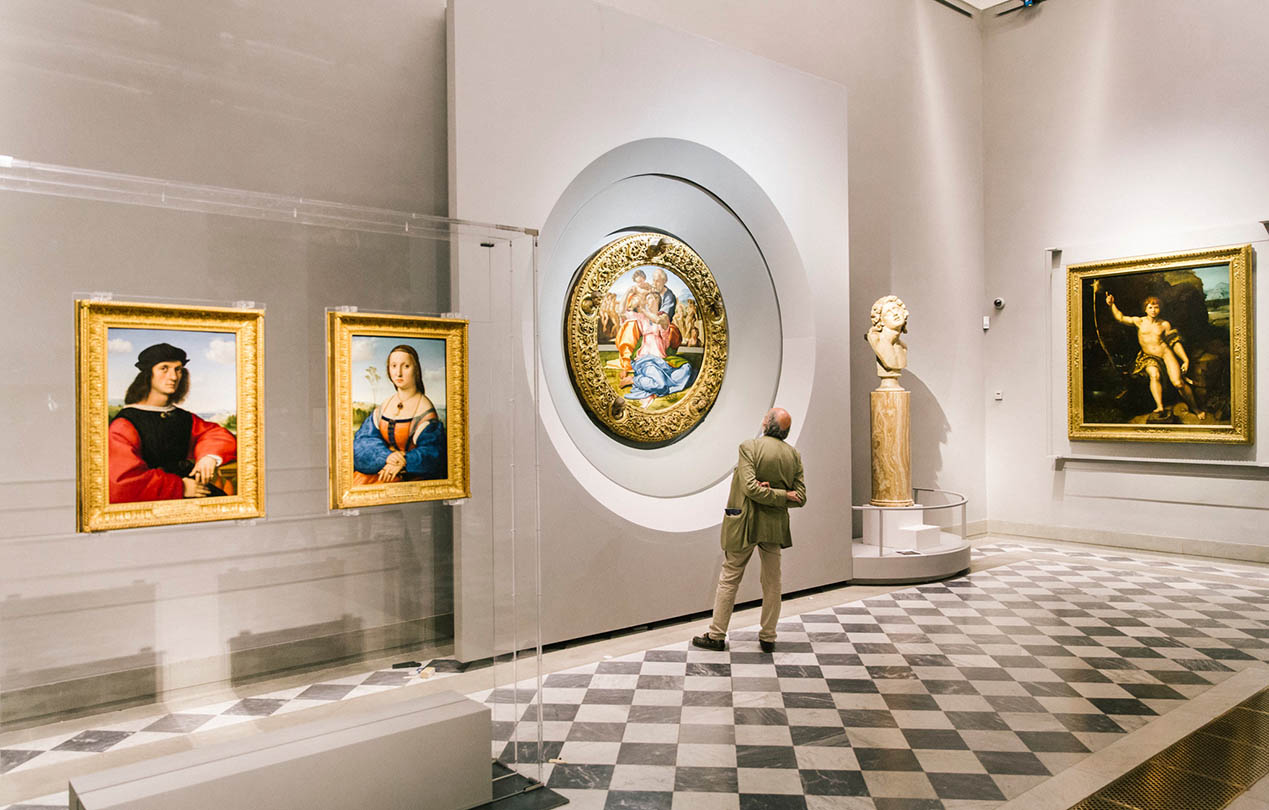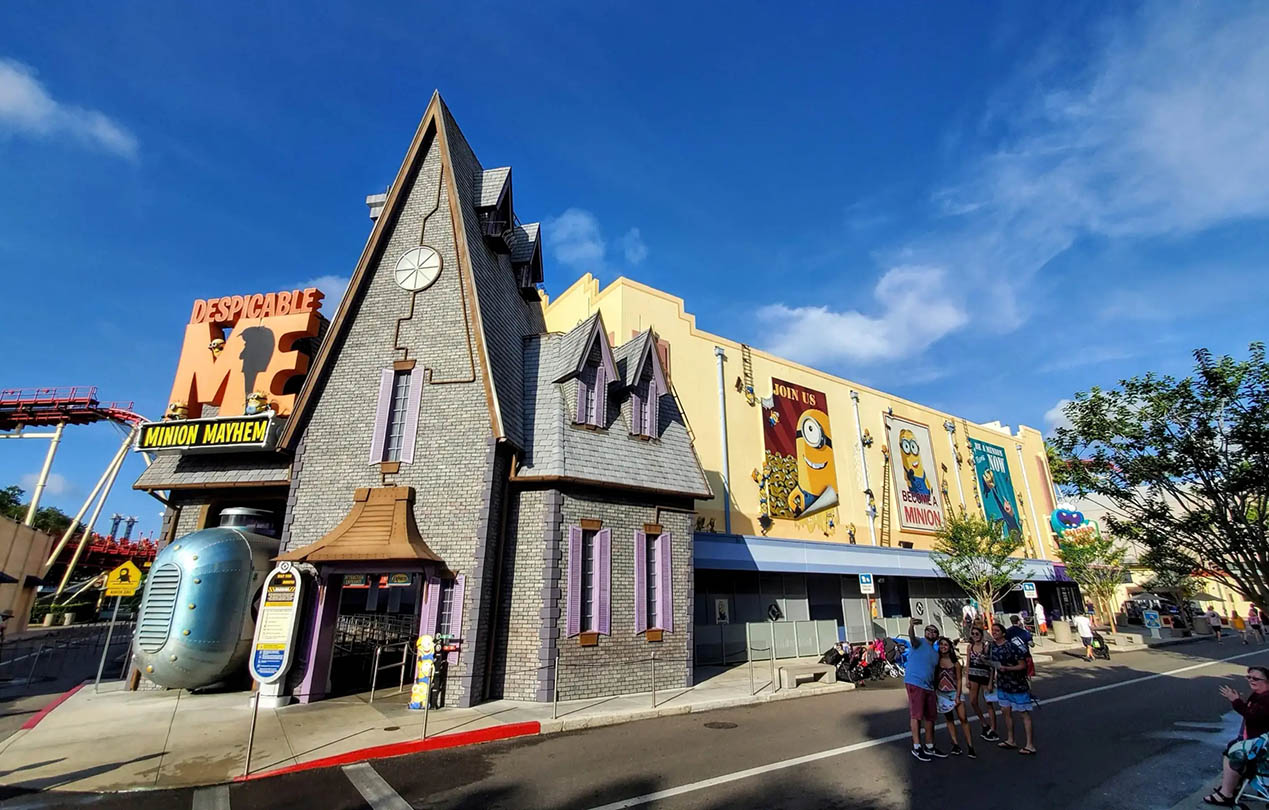As a city brimming with history and culture, Berlin is undoubtedly one of Europe’s most captivating tourist destinations. Many visitors to Berlin choose to visit the iconic sites like Museum Island, Brandenburg Gate, and the Jewish Memorial. However, there are numerous other fascinating places in the city that are worth exploring. I will guide you through some of these lesser-known yet equally significant spots, helping you uncover even more stories and treasures that make Berlin such a unique city.
1. Topography of Terror
Located in the heart of Berlin, the Topography of Terror is one of the most thought-provoking places in the city. This site was once home to the Nazi regime’s headquarters, and now it houses a museum documenting the history, politics, and violence of the Nazi period. The museum’s exhibits, including photos, documents, and artifacts, offer a powerful reflection on the atrocities of the time.
What really struck me during my visit was how the museum combines factual historical information with emotional storytelling, giving a deeply personal perspective on the suffering endured by so many during the Nazi era. The Topography of Terror is free to visit, making it an accessible and important part of Berlin’s rich historical landscape. I highly recommend taking your time here to fully immerse yourself in the story of the city during World War II.
Transportation: The museum is centrally located, easily accessible via the U-Bahn and S-Bahn, and within walking distance from many other major attractions.
2. Jewish Museum Berlin
Next on my list is the renowned Jewish Museum Berlin, one of the most famous Jewish cultural museums in the world. Designed by the architect Daniel Libeskind, the building itself is an artwork, featuring an unconventional design that deeply reflects the museum’s themes of Jewish history, identity, and tragedy.
As you step inside, you’ll find exhibits that cover the history and experiences of Jewish people in Germany, with a particular focus on the Holocaust. The museum’s interactive and immersive exhibits will leave you contemplating not only the past but also the values of tolerance and human rights in the modern world. I was particularly moved by the museum’s exhibits that depict the lives of Jewish families before and during the Second World War.
Transportation: Take the U-Bahn to “Hallesches Tor” station; the museum is just a short walk from there.
3. Checkpoint Charlie
Located near the heart of Berlin, Checkpoint Charlie was once one of the most famous crossing points between East and West Berlin during the Cold War. Today, it stands as a symbol of the division between the two sides during the period of the Berlin Wall.
Standing at this iconic location made me reflect on the tension and struggles of those times. There’s a small museum nearby that provides visitors with more information on the history of the wall and the experiences of those who tried to cross it. The exhibits are detailed, showing how the city and its people were affected by the division.
Transportation: You can easily reach Checkpoint Charlie by taking the U-Bahn to “Stadtmitte” station and walking a short distance.
4. Gendarmenmarkt
If you’re looking for a beautiful and elegant spot to explore, Gendarmenmarkt should definitely be on your list. This square is one of Berlin’s most picturesque, surrounded by stunning architecture, including the German Cathedral and the French Cathedral, which are perfectly symmetrical. These two buildings are a beautiful reflection of Berlin’s architectural heritage.
I love strolling around Gendarmenmarkt, enjoying the majestic buildings and watching street performers in the square. The area is also home to excellent cafes, so it’s a great place to stop for a coffee and soak in the atmosphere. If you’re visiting during the holiday season, the Christmas market here is one of the most magical in Berlin.
Transportation: Gendarmenmarkt is located near the “Friedrichstraße” station, which is easily reachable by U-Bahn.
5. Alexanderplatz
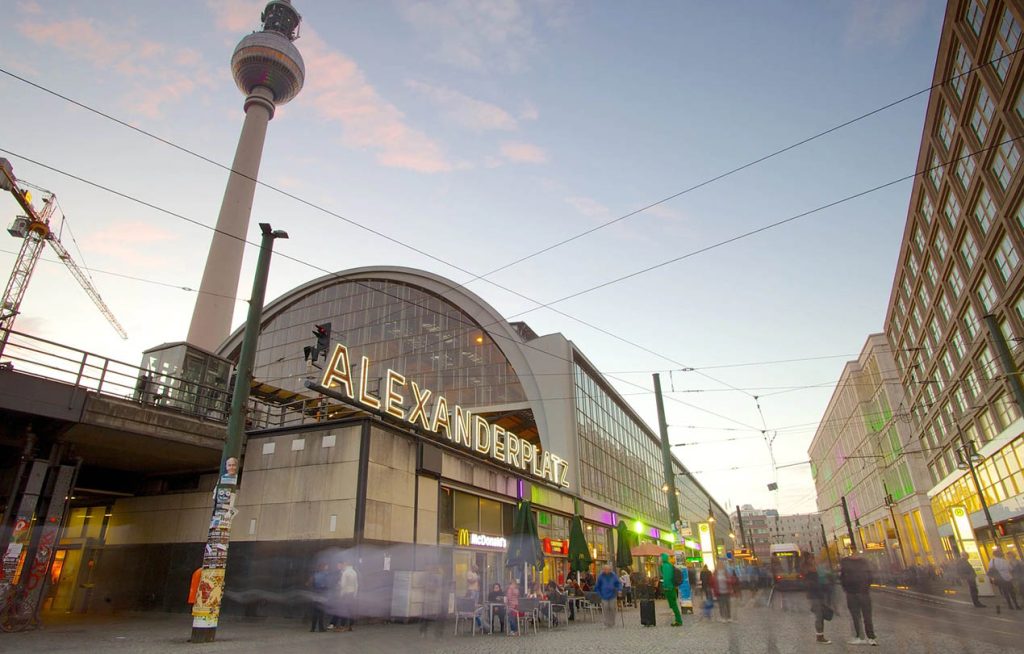
Alexanderplatz, often referred to as “Alex,” is the central hub of modern Berlin. As a bustling square, it’s home to a variety of shops, restaurants, and entertainment options. Here, you’ll find the Berlin TV Tower, one of the city’s most iconic landmarks.
I recommend spending some time at Alexanderplatz to experience Berlin’s vibrant city life. It’s an excellent place for shopping, dining, and exploring the modern side of the city. You can also take a ride to the top of the Berlin TV Tower for incredible panoramic views of the entire city. The square is always full of energy, and no matter what time of day you visit, it’s an exciting place to be.
Transportation: Alexanderplatz is an important transportation hub with easy access via both the U-Bahn and S-Bahn.
6. Berlin TV Tower
The Berlin TV Tower is one of the most iconic buildings in the city. Standing at 368 meters tall, it is the highest structure in Germany. The observation deck offers breathtaking views of Berlin, making it the best place to get a panoramic view of the city.
Though the ticket prices are on the higher end, the view is absolutely worth it. From the tower, you can see everything from the city’s skyline to the green spaces surrounding Berlin. The night view is particularly stunning, with the entire city lighting up in a sea of lights. For any first-time visitor to Berlin, the TV Tower is a must-see.
Transportation: The TV Tower is located near Alexanderplatz, easily accessible by both the U-Bahn and S-Bahn.
7. Red Town Hall
The Red Town Hall is one of Berlin’s most important political buildings and the seat of the city government. Its red-brick exterior is quite striking, and it’s one of the most recognizable buildings in Berlin. Though you cannot enter the building itself unless you are a guest or attending a city meeting, the surrounding square is open to the public and provides a great opportunity to admire the architecture.
I also recommend checking out the nearby attractions, such as the Museum of the City of Berlin and other historical landmarks that showcase Berlin’s political and architectural history.
Transportation: You can easily reach the Red Town Hall from “Rotes Rathaus” station, which is just a short walk away.
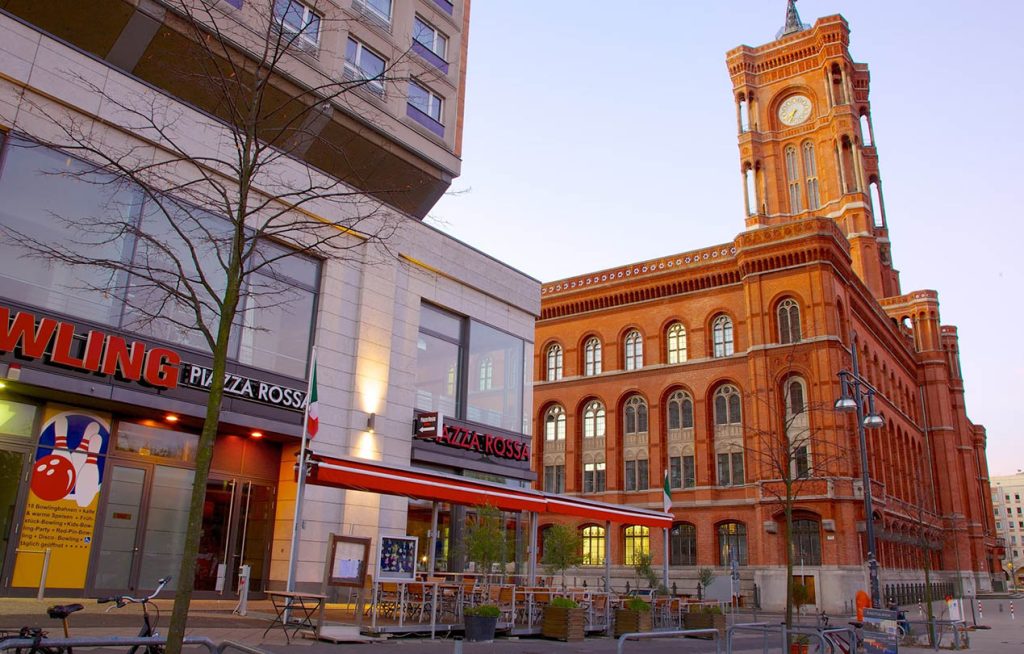
8. Humboldt University
Humboldt University is one of Germany’s oldest and most prestigious universities. Founded in 1809, it has been the birthplace of many famous scholars and intellectuals. The campus itself is home to several beautiful historic buildings and academic monuments that make it a must-see for those interested in Berlin’s academic history.
If you’re a fan of history, or simply want to immerse yourself in an intellectual atmosphere, I recommend taking a stroll through the university grounds. The architecture and history here are truly inspiring.
Transportation: The university is located near the “Unter den Linden” station, easily reachable by both the U-Bahn and S-Bahn.
9. Bebelplatz and The Empty Bookshelves
Bebelplatz is a square in central Berlin that holds a significant place in history as the site of the infamous book burnings by the Nazis in 1933. Today, there’s a haunting yet thought-provoking memorial on the square—a set of empty bookshelves beneath a glass plate, symbolizing the loss of knowledge and intellectual freedom.
Visiting this site was one of the most powerful experiences of my trip. The memorial is a stark reminder of the dangers of censorship and the importance of protecting free expression. It’s a solemn spot, and if you’re interested in Berlin’s turbulent history, it’s well worth a visit.
Transportation: Bebelplatz is located near the Friedrichstraße station, easily accessible via U-Bahn.
These are just some of the fascinating attractions I discovered while exploring Berlin. From the horrors of the Nazi regime to the inspiring legacy of intellectual thought, Berlin is a city full of diverse stories waiting to be explored. Whether you’re interested in history, politics, or architecture, there’s no shortage of things to see and do. I hope these suggestions help make your trip to Berlin even more enriching.
